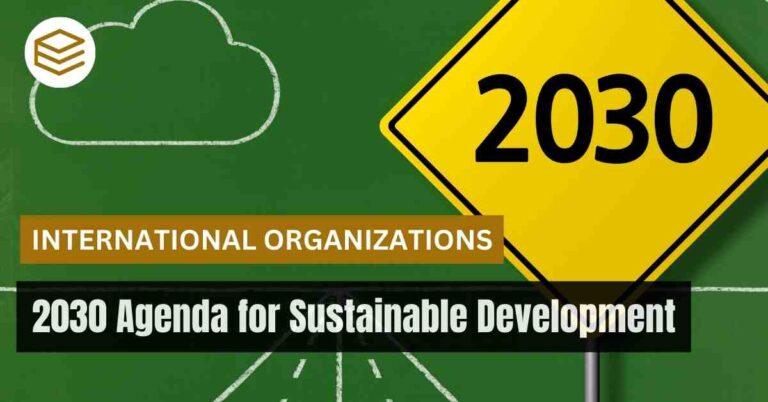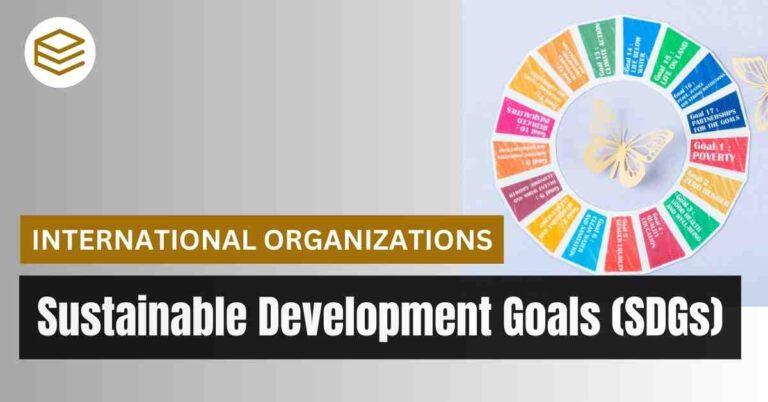October 25, 2025 12:33 am
Introduction
The Indian Constitution is the foundation of governance in India. It establishes the political structure, defines the powers and duties of government institutions, and ensures the rights and duties of citizens. Understanding its key Articles is indispensable for UPSC aspirants as these are frequently tested in both Prelims and Mains. This guide provides a detailed list of important Articles, categorized part-wise, covering at least 20 crucial Articles in each part.
Key Articles of the Indian Constitution (Part-Wise)
Part I: The Union and Its Territory (Articles 1-4)
- Article 1: India, that is Bharat, shall be a Union of States.
- Article 2: Admission or establishment of new states.
- Article 3: Formation of new states and alteration of areas, boundaries, or names of existing states.
- Article 4: Laws under Articles 2 and 3 to provide for amendments and supplemental provisions.
Part II: Citizenship (Articles 5-11)
- Article 5: Citizenship at the commencement of the Constitution.
- Article 6: Rights of citizenship of certain persons who migrated from Pakistan to India.
- Article 7: Rights of citizenship of persons who migrated to Pakistan but later returned to India.
- Article 8: Rights of citizenship of persons of Indian origin residing outside India.
- Article 9: Persons voluntarily acquiring citizenship of a foreign state not to be citizens.
- Article 10: Continuance of rights of citizenship.
- Article 11: Parliament’s power to regulate the right of citizenship by law.
Part III: Fundamental Rights (Articles 12-35)
- Article 12: Definition of the State.
- Article 13: Laws inconsistent with or in derogation of Fundamental Rights.
- Article 14: Equality before law and equal protection of laws.
- Article 15: Prohibition of discrimination on grounds of religion, race, caste, sex, or place of birth.
- Article 16: Equality of opportunity in matters of public employment.
- Article 17: Abolition of untouchability.
- Article 18: Abolition of titles, except military or academic distinctions.
- Article 19: Protection of six freedoms (speech, assembly, association, movement, residence, profession).
- Article 20: Protection in respect of conviction for offenses.
- Article 21: Protection of life and personal liberty.
- Article 21A: Right to education.
- Article 22: Protection against arrest and detention in certain cases.
- Article 23: Prohibition of traffic in human beings and forced labor.
- Article 24: Prohibition of employment of children in factories and hazardous employment.
- Article 25: Freedom of conscience and free profession, practice, and propagation of religion.
- Article 26: Freedom to manage religious affairs.
- Article 27: Freedom from taxation for promotion of any religion.
- Article 28: Freedom from attending religious instruction in certain educational institutions.
- Article 29: Protection of interests of minorities.
- Article 30: Right of minorities to establish and administer educational institutions.
Part IV: Directive Principles of State Policy (Articles 36-51)
- Article 36: Definition of Directive Principles.
- Article 37: Application of the Directive Principles.
- Article 38: Promotion of welfare of the people.
- Article 39: Principles of policy to secure livelihood, equal pay, health, and opportunities.
- Article 39A: Equal justice and free legal aid.
- Article 40: Organization of village panchayats.
- Article 41: Right to work, education, and public assistance in certain cases.
- Article 42: Provision for just and humane conditions of work and maternity relief.
- Article 43: Living wage for workers.
- Article 43A: Participation of workers in management of industries.
- Article 44: Uniform Civil Code.
- Article 45: Provision for early childhood care and education.
- Article 46: Promotion of the educational and economic interests of Scheduled Castes, Scheduled Tribes, and other weaker sections.
- Article 47: Duty of the state to raise the level of nutrition and improve public health.
- Article 48: Organization of agriculture and animal husbandry.
- Article 48A: Protection and improvement of environment and safeguarding forests and wildlife.
- Article 49: Protection of monuments and places of national importance.
- Article 50: Separation of judiciary from the executive.
- Article 51: Promotion of international peace and security.
Part V: The Union (Articles 52-151)
- Article 52: The President of India.
- Article 53: Executive power of the Union.
- Article 54: Election of the President.
- Article 61: Procedure for impeachment of the President.
- Article 63: The Vice President of India.
- Article 64: The Vice President to be ex officio Chairman of the Council of States.
- Article 72: Pardoning power of the President.
- Article 74: Council of Ministers to aid and advise the President.
- Article 76: Attorney General of India.
- Article 79: Constitution of Parliament.
- Article 80: Composition of the Council of States (Rajya Sabha).
- Article 81: Composition of the House of the People (Lok Sabha).
- Article 85: Sessions of Parliament.
- Article 110: Definition of Money Bills.
- Article 112: Annual Financial Statement (Budget).
- Article 123: President’s power to promulgate ordinances.
- Article 124: Establishment and constitution of the Supreme Court.
- Article 126: Appointment of acting Chief Justice of India.
- Article 143: Advisory jurisdiction of the Supreme Court.
- Article 148: Comptroller and Auditor General of India.
Preparation Tips for UPSC Aspirants
- Focus on Key Articles: Identify Articles frequently asked in UPSC exams and relate them to current affairs.
- Link with Current Events: Relate Articles like 14, 19, and 21 to recent Supreme Court judgments or government policies.
- Revise Regularly: Create mind maps and flowcharts to connect different parts of the Constitution.
- Practice Application-Based Questions: Solve previous year questions to understand how Articles are tested in exams.
Relevant Links >>
UPSC Mains Syllabus – General Studies-I: This post provides a detailed breakdown of the General Studies-I syllabus, covering Indian Heritage and Culture, History, and Geography of the World and Society.
Complete Notes of History for UPSC: A comprehensive collection of history notes tailored for UPSC aspirants, encompassing ancient, medieval, and modern Indian history.
UPSC CSE Exam 2025: An Insight: Gain insights into the UPSC Civil Services Examination for 2025, including important dates, exam patterns, and preparation strategies.
Important Books for UPSC Exams: A curated list of essential books recommended for various subjects in the UPSC examination, aiding in effective study planning.
UPSC Prelims Syllabus: An in-depth overview of the UPSC Preliminary Examination syllabus, helping candidates understand the topics to focus on during their preparation.






We stumbled over here from a different web page and thought
I might as well check things out. I like what I see so i am just following you.
Look forward to finding out about your web page for a second time.
My blog post nordvpn coupons inspiresensation